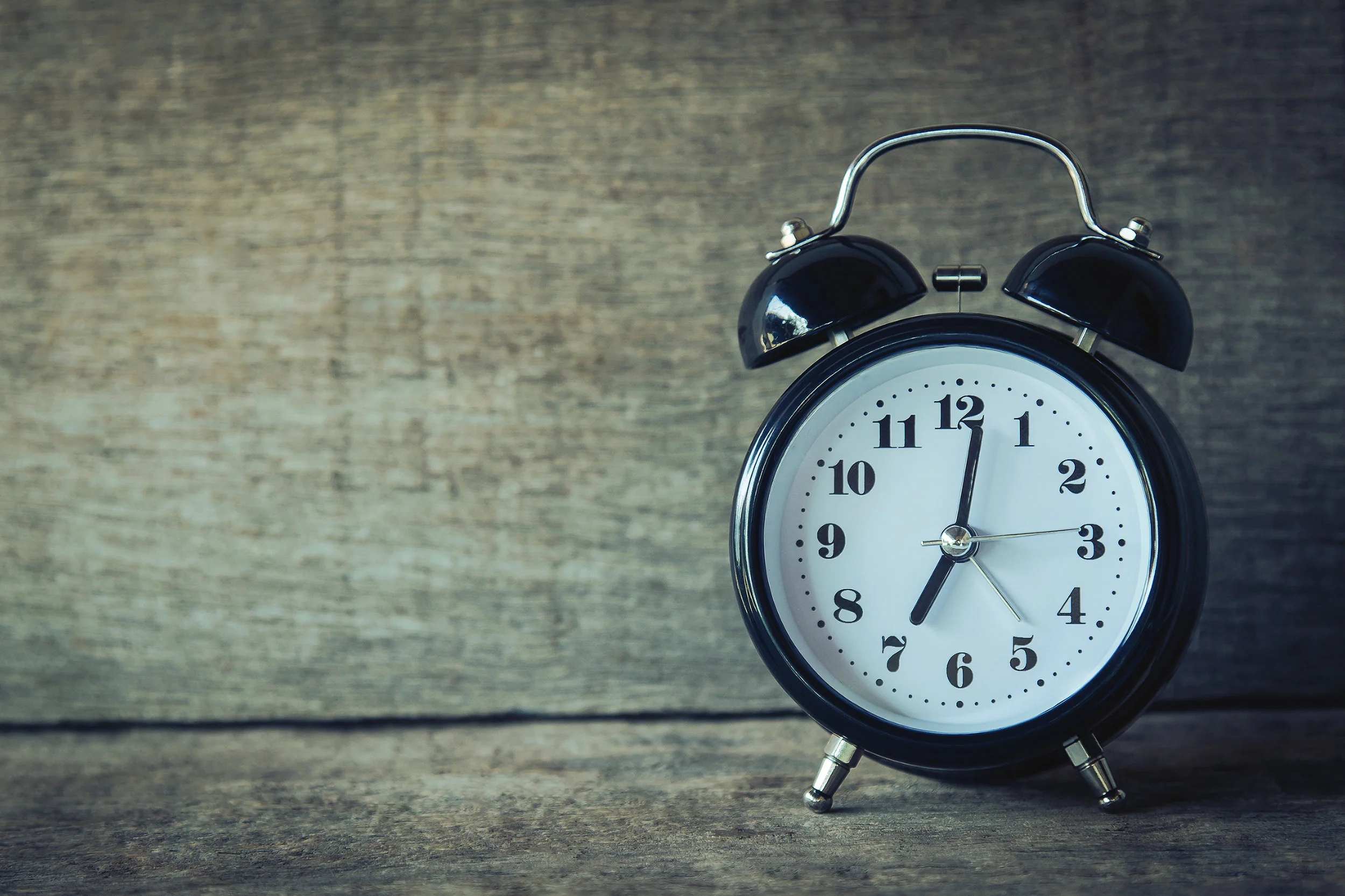Last week I gave you five strategies for saving time in the kitchen. Today we'll be covering five time saving strategies for the gym.
1) Stretching The Clock
Do you begin your gym sessions with a lengthy warm up? I used to. Save stretching for when you're at home watching TV. Some studies suggest stretching provides little to no injury prevention benefit and static stretches may have a slight negative impact on resistance training performance, so all you're really accomplishing is stretching the amount of time you're at the gym. [1] [2] [3]
A more effective warm up strategy in regards to both time and preparing your body for exercise is to perform the actual exercises you'll be doing in your workout with a lighter weight. For example, if you're going to perform barbell squat (or any other compound lift) for 3 sets of 10 reps, do three warm up sets as follows:
10 reps @ 50% of working weight, 8 reps @ 70%, and 6 reps @ 90%
Example: If your working weight is 225 pounds perform
10 reps @ 115, 8 reps @ 160, and 6 reps @ 205
(Please note: If you have muscle imbalances, some stretching may be warranted.)
As an added piece of advice, for improved results and safety, you should perform your compound exercises first then move onto isolation exercises.
2) Buzzer Beater
Taking too much time between sets can drastically increase how long your gym sessions last. Taking an extra 30 seconds on top of what you need between each set can easily add 15 - 20 minutes over the course of your entire workout.
Try setting a timer for your rest breaks. You don't necessarily even have to put a specific amount of time on the clock. Simply knowing that the clock is ticking, is enough to give most people a sense of urgency.
3) Supersets
A great way to cut your workout time almost in half is to (intelligently) pair your exercises into supersets. In case you don't know, a superset is simply pairing two exercises together and performing them back-to-back and not resting until after you've performed a set of both exercises.
You should be mindful of which exercises you pair together. Choose exercises that won't interfere with one another such as bicep curl and tricep push-down or hamstring curl and leg extension. If you pair two chest exercises such as bench press and chest fly, you will greatly reduce the effectiveness of both exercises, diminishing the results you would have gotten if performing them alone.
Similarly, if you pair bicep curl and lat pull-down, it will have the same effect. While bicep curls do not target your lat muscles, your biceps do assist in the lat pull-down. This means you won't be able to sufficiently overload the lat muscles because you will be limited by the smaller and weaker (and now also tired) bicep muscles.
A good rule of thumb is to pair muscles that are on opposite sites of the joint they're connected to. For example: biceps/triceps, back/chest, quads/hamstrings, etc.
4) Combine Cardio
You have to get the cardio done, so why not combine it with other tasks to get a two-for-one special? This may also have the side effect of making you actually enjoy cardio. While this tip doesn't necessarily make cardio take less time, it does help you complete other tasks that also need to be done such as walking the dog, learning a new skill required for work, or listening to an online lecture if you're a student. (I used to watch videos on the c++ computer programming language when I was an engineer.)
This can also help you get things done that you may have missed otherwise due to a lack of time. For example, you can listen to audio books or better yet, you can watch Treadaway Training YouTube videos! (This is assuming you're on stationary cardio equipment like a treadmill of course.)
5) Hard and Fast
Low intensity steady state (LISS) cardio has its place, but if your goal is to get in and out of the gym as quickly as possible without sacrificing effectiveness, you may want to give high intensity interval training a try (HIIT for short). HIIT has become very popular in recent years, but in case you aren't familiar with it, HIIT is performing one or more high intensity cardio exercises at max effort for a set interval, followed by a rest interval.
One example of this is jumping rope for 15 seconds and performing burpees for 15 seconds, followed by a 15 second rest. Perform this for 10 reps. The benefit of HIIT is that you can burn the same number of Calories as with LISS, but in a shorter amount of time. However, because HIIT sessions are so much more physically demanding, they require more recovery time. This may be a concern if your primary goal is strength.
Bonus tip: Do cardio at home.
I'm calling this a bonus tip because many people (including myself) don't have cardio equipment at home. If you DO have cardio equipment at home, this strategy will work particularly well if it's a "cardio only" day because it saves you from having to go to the gym at all!
Thank you so much for reading! If you found this information helpful and think others will benefit from it as well, please give this article a share on social media. If you like what I have to say, sign up below to become a Treadaway Training insider and never miss a post or video. I will be back next week with another fat loss topic. As always, God bless you AND your family and I'll see you next week.



